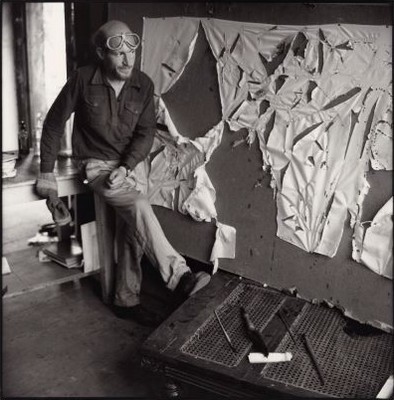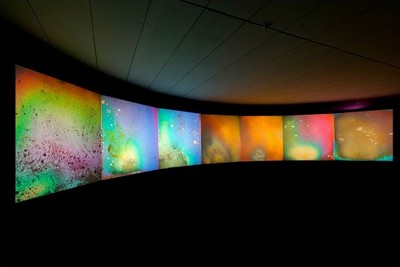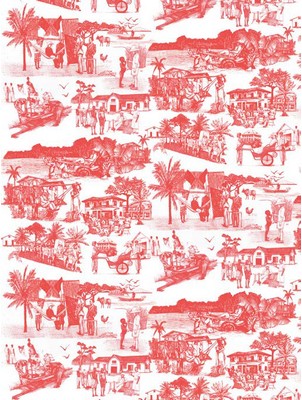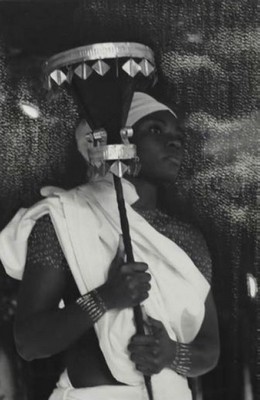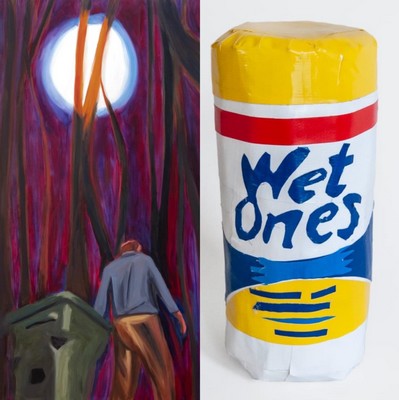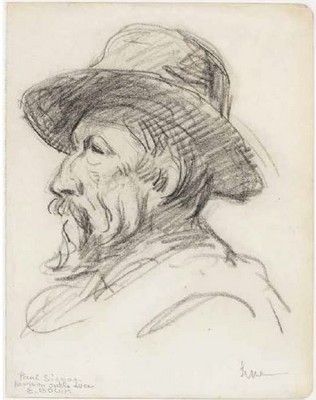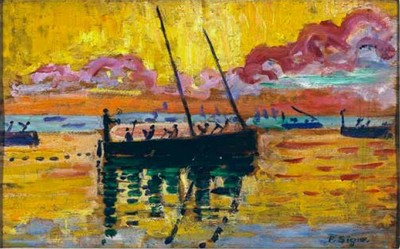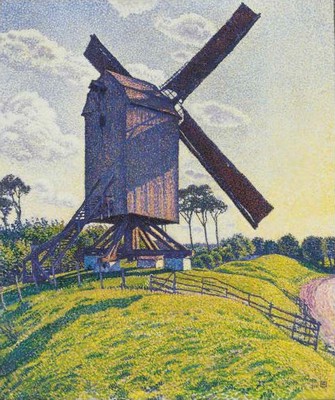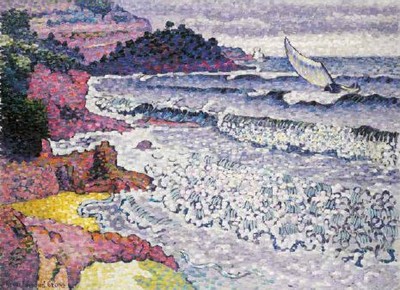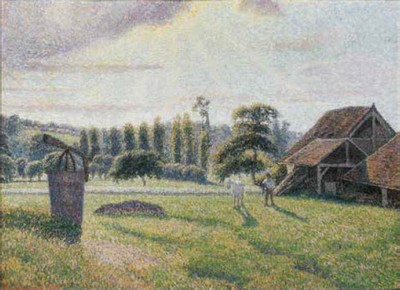North by Northeast:
Contemporary Canadian Painting
Sara Anstis, Jane Corrigan, Holly Coulis, Wanda Koop, Manuel Mathieu, Stephanie Temma Hier, Corri-Lynn Tetz, Tristan Unrau, Janet Werner, Anna Weyant, Chloe Wise, Matthew Wong
Kasmin Gallery, New York
June 30 - August 13, 2021
Kasmin presents a group exhibition of contemporary painters, all of whom hail from Canada or have spent significant periods of their art education or artmaking career there. Presenting work by Sara Anstis, Jane Corrigan, Holly Coulis, Wanda Koop, Manuel Mathieu, Stephanie Temma Hier, Corri-Lynn Tetz, Tristan Unrau, Janet Werner, Anna Weyant, Chloe Wise, and Matthew Wong, North by Northeast draws a through-line charting the distinctive ways in which artists from the region complicate traditional genres of portraiture and landscape painting.
The title of the exhibition riffs on the central premise of mistaken identity in the plot of Hitchcock’s 1959 film, North by Northwest, and the show queries what comparisons might be observable in these artists’ formal language. Depicting subjects in fantastical or dreamlike settings, many of the works displayed boast a keen sense of the tragicomic — bodies present as dislocated or incomplete yet assertive of their own desire. Similarly, the natural world is rendered as surreal, occasionally a prop, and at other times, a constructed mise-en-scene. Akin to the landscape painters of the “Group of Seven” before them, these artists share the formative experiences of Canada’s natural landscapes. The artists included have each carved rigorously conceptual practices, playing with the country’s canonical investment in representational traditions. Furthermore, the presentation speaks to a long history of cross-pollination between the US, where many of these artists now reside, and the major art centers of Canada.
SARA ANSTIS (b. 1991, Stockholm, Sweden) lives and works in London, United Kingdom. She holds a BFA in studio art and sociology from Concordia University in Montréal and received an MFA in 2016 from Valand Academy in Gothenburg, Sweden. She has exhibited in several group shows in the United Kingdom and Europe, including at Palazzo Monti, Bresica, Italy, and The Royal Drawing School, London. Anstis has a forthcoming solo exhibition at Fabian Lang Gallery, Zürich. This will be her fourth presentation in New York City.
JANE CORRIGAN (b. 1980, Quebec, Canada) lives and works in Brooklyn, New York. Corrigan received her BFA from the Nova Scotia College of Art and Design in 2003 and completed her MFA in 2009 at SUNY Purchase. Exhibitions include those at White Columns, New York, Rental Gallery, East Hampton, Carbon 12, Dubai, Sikkema Jenkins, New York, Wilkinson Gallery, London, Karma, New York, Retrospective, Hudson, New York, Feuer/Mesler, New York, and Oakville Galleries, Canada. She was a recipient of a Louis Comfort Tiffany Award in 2013.
HOLLY COULIS (b.1968, Toronto, Canada) lives and works in Athens, Georgia. She received her BFA from Ontario College of Art and Design and her MFA from the School of the Museum of Fine Arts in Boston. This summer, her exhibition Orbit will open at Philip Martin Gallery in Los Angeles. Other recent shows include Cooper Cole, Toronto, Simon Lee’s Viewing Room, London, and Klaus von Nichtssagend, New York City. Her work has been written about in the New York Times, Artforum, the Los Angeles Times, and the Brooklyn Rail. She is represented by Philip Martin Gallery, Los Angeles and by Klaus von Nichtssagend, New York City.
WANDA KOOP (b. 1951, Vancouver, Canada) lives and works in Winnipeg, Canada. She received an honorary Doctor of Law from University of Manitoba in Winnipeg in 2009. She has exhibited internationally for over four decades, with shows at the Dallas Museum of Art, Texas, the National Gallery of Canada, Ottawa, and the Xi’an Art Museum in China. Koop has work in numerous public collections, including at Art Gallery of Alberta, Edmonton, Dallas Museum of Art, Texas, Musée d’Art Contemporain, Montréal, National Gallery of Canada, Ottawa, and Shanghai Museum of Art, China.
STEPHANIE TEMMA HIER (b. 1992, Toronto, Canada) lives and works in Brooklyn, New York. She holds a BFA from the Ontario College of Art and Design University, Toronto, and studied at the Academy of Art Canada in Toronto. Recent solo exhibitions include Bradley Ertaskiran, Montréal, Gallery Vacancy, Shanghai, Downs and Ross, New York, and Neochrome Gallery, Turin. Hier was a finalist for the Royal Bank of Canada’s Painting competition in 2016 and 2018. She is the recipient of grants from the Canada Council for the Arts and the Elizabeth Greenshields Foundation, and has participated in residencies at Hospitalfield, Scotland, and Shandaken: Storm King, New York.
MANUEL MATHIEU (b. 1986, Port Au Prince, Haiti) lives and works in Montréal. A graduate of Goldsmith’s College in London, Mathieu has exhibited in Belgium, Canada, China, England, France, Martinique, Morocco, Spain, and the United States. His work is in the collections of the Musée national des beaux-arts du Québec, the Musée d’art contemporain de Montréal and the Montréal Museum of Fine Arts. His recent work has been included in The Other Side of Now at Perez Art Museum in Miami. In 2020, Mathieu was the subject of solo exhibitions at the Montréal Museum of Fine Arts and Power Plant, Toronto. Recent group exhibitions include Musée d’art contemporain de Montréal, PHI Foundation, Montréal, Song Museum, Beijing, and Kunstmuseum, Stuttgart.
CORRI-LYNN TETZ (b. Calgary, Canada) lives and works in Montréal. She graduated from the MFA program at Concordia University in 2015. Tetz has received project support from Conseil des Art et des Lettres du Quebec, The Canada Council for the Arts, the Elizabeth Greenshields Foundation, and was awarded the Brucebo Fellowship in 2016. She has exhibited across Canada, Sweden, and the United States, with acquisitions made by Senvest Collection and Equity Bank.
TRISTAN UNRAU (b. 1989, Canada) lives and works in Los Angeles. He holds an MFA from the University of California, Los Angeles (UCLA) and a BFA from Emily Carr University of Art + Design. He was a resident at the Banff Centre in 2013 and a finalist for the Royal Bank of Canada Painting Competition in 2015, 2017, and 2018. In 2016, Unrau participated in the survey group exhibition Vancouver Special: Ambivalent Pleasures at the Vancouver Art Gallery. He has held recent solo shows Unit 17, Vancouver, and Towards, Toronto. Unrau's paintings are currently on view as part of a two-person exhibition at Stanley's, Los Angeles.
JANET WERNER (b. 1959, Canada) received her MFA from Yale University in 1987. Solo exhibitions include the Musée d'art contemporain, Montreal, Anat Ebgi, Los Angeles, Galerie Julia Garnatz, Cologne, and Saidye Bronfman Centre for the Arts, Montreal. Werner’s solo survey exhibition, Another Perfect Day, organized by the Kenderdine Art Gallery, toured to five locations in Canada from 2013–2015. Werner's work is in the public collections of the Musée du Québec, Musée d'art contemporain, Montreal, The Art Gallery of Ontario (AGO), Toronto, and the Canadian Embassy in Berlin. An upcoming solo show at Arsenal Contemporary, New York, will take place Fall 2021.
ANNA WEYANT (b. 1995, Calgary, Canada) received her BFA from Rhode Island School of Design, Providence, Rhode Island. Weyant’s work was the subject of the solo exhibitions Loose Screw at Blum & Poe, Los Angeles in 2021 and Welcome to the Dollhouse at 56 Henry, New York in 2019. Her work has been featured in group shows at C L E A R I N G, New York, Anna Zorina Gallery, New York, Recharge Foundation, Singapore, Ochi Projects, Los Angeles, Nina Johnson Gallery, Miami, and Local Projects, Long Island City.
CHLOE WISE (b. 1990, Montréal, Canada) lives and works in New York. She holds a BFA from Concordia University, Montréal. Recent exhibitions include solo presentations at Almine Rech in New York and London, as well as the HEART Herning Museum of Contemporary Art in Denmark. Wise has exhibited work in numerous group shows internationally, and is currently on view in The Artist is Online, König Galerie, Berlin and in Fantasy America at the Andy Warhol Museum, Pittsburgh, Pennsylvania. Her work is included in the permanent collections of Julia Stoschek, the Hammer Museum, Los Angeles, and the National Gallery of Canada, Ottawa.
MATTHEW WONG (b. 1984, Toronto; d. 2019, Edmonton, Canada). Matthew Wong’s work is in numerous public collections, including the Metropolitan Museum of Art, New York, Museum of Modern Art, New York, Guggenheim Museum, New York, Dallas Museum of Art, Texas, Estés Lauder Collection, New York, Art Gallery of Ontario, Toronto, and the Aïshti Foundation, Beirut. Matthew Wong will be the subject of a survey exhibition at the Art Gallery of Ontario in August 2021.
KASMIN GALLERY
509 West 27th Street, New York, NY 10001
_____________


